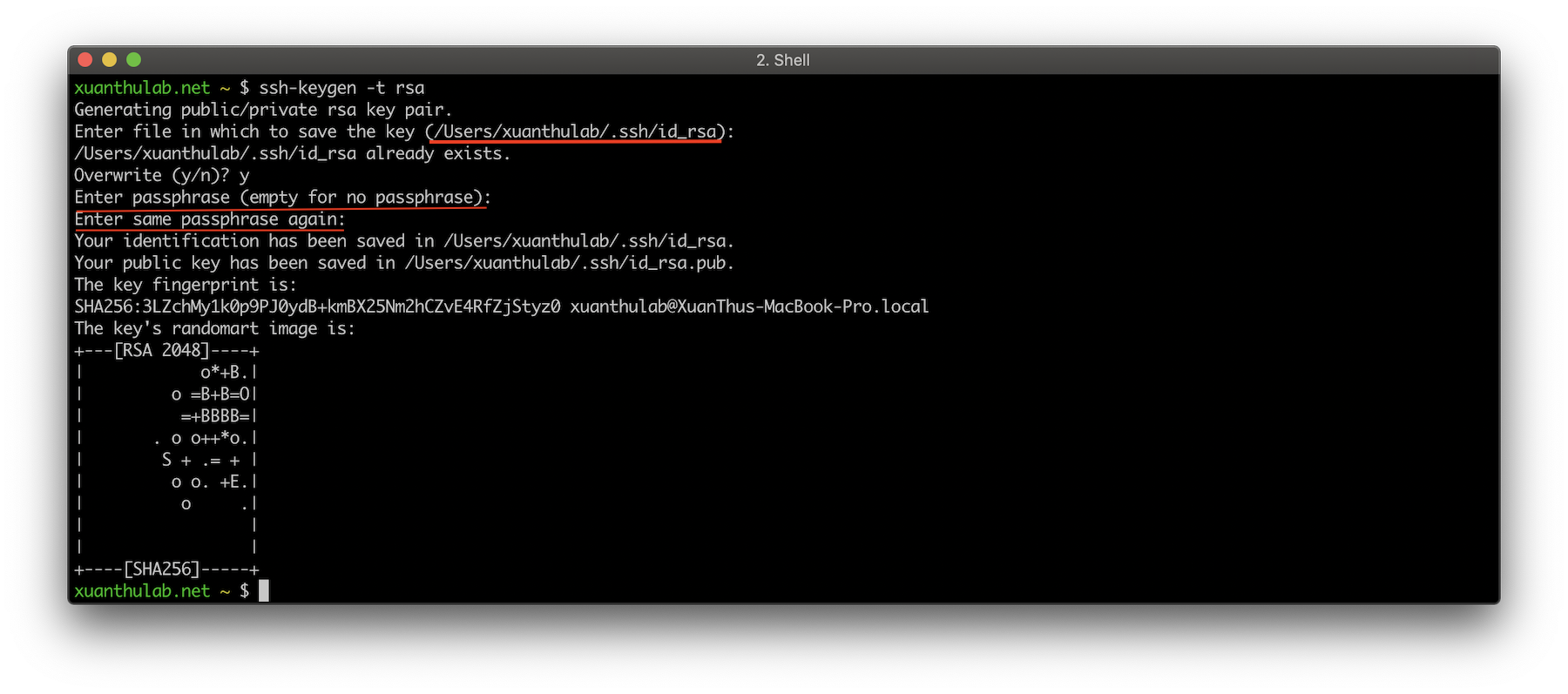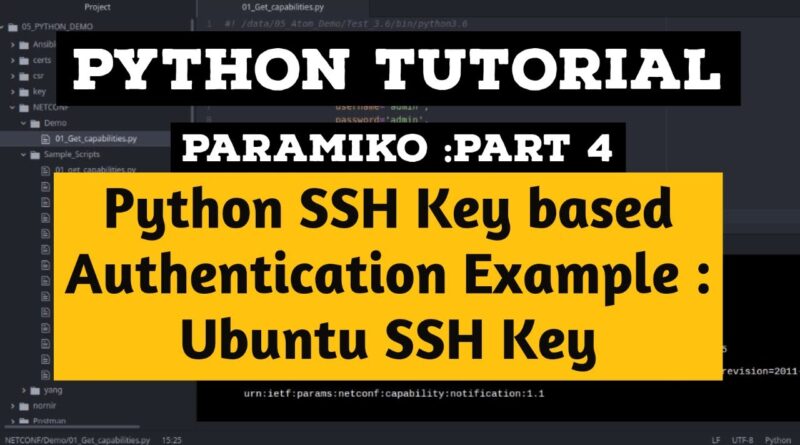
- #Setup private key smartgit ssh how to#
- #Setup private key smartgit ssh install#
- #Setup private key smartgit ssh update#
#Setup private key smartgit ssh install#
Once those commands run, you are ready to install GitLab (assuming you don’t have to reboot the server). Open up a terminal window on the server and issue the commands: If this is a production machine, make sure to run this process during off hours. Please know that–should the kernel upgrade–a reboot will be necessary.

#Setup private key smartgit ssh update#
The first thing you must do is run an update or upgrade. If you’re running this on a virtual machine, make sure the VM exceeds those resources. In order to install GitLab, you will need a server with at least two cores and 4GB of RAM. I will assume you already have Ubuntu Server up and running, and have access to an account with sudo rights. I’m going to walk you through the process of installing GitLab on Ubuntu Server 16.04.

GitLab is fairly easy to install and incredibly simple to use. GitLab allows you to host an on-premise Git repository that can be accessed from either your local LAN or (if you have an available public IP address) from outside your company. So when you want to host your own repositories, where do you turn? You can certainly opt to go with GitHub, but that negates the ability to host locally. If you’re a Git user, you know that having local repositories that can be accessed via a local LAN (or external WAN) is a crucial element of the development process.

For more info, visit our Terms of Use page. This may influence how and where their products appear on our site, but vendors cannot pay to influence the content of our reviews. We may be compensated by vendors who appear on this page through methods such as affiliate links or sponsored partnerships.
#Setup private key smartgit ssh how to#
Jack Wallen shows you how to set up your own GitLab server, so you can enjoy the power and flexibility of a LAN (or WAN) based Git repository. How to set up a GitLab server and host your own Git repositories To install Git, we recommend websites such as Git Downloads. We recommend using a recent version of Git. Git version 2.28 supports configuring the branch name for initial commits. CodeCommit supports Git versions 1.7.9 and later. To work with files, commits, and other information in CodeCommit repositories, you must install For more information about the AWS CLI and profiles, see Named Profiles. For more information about IAM, access keys, and secretĭo I Get Credentials? and Managing Access Keys for IAM If theįor more information about CodeCommit managed policies and sharing access to repositories with other groups and users, see Share a repositoryĪnd Authentication and access control forįor more information about CodeCommit and AWS Region, see Regions and Git connection endpoints. Review to review the list of policies to attach to the IAM user. For more information, see AWS managed policies forĪfter you have selected the policy you want to attach, choose Next: In Grant permissions, choose Attach existing policiesįrom the list of policies, select AWSCodeCommitPowerUser or another

On the Permissions tab, choose Add Permissions. In the IAM console, in the navigation pane, choose Users, and then choose the IAM user you want to configure for CodeCommit access. Sign in to the AWS Management Console and open the IAM console at. For more information, see AWS KMS and encryption. If you are using an existing IAM user, make sure there are no policies attached to the user that expressly deny the AWS KMS actions requiredīy CodeCommit. CodeCommit requires AWS Key Management Service.


 0 kommentar(er)
0 kommentar(er)
